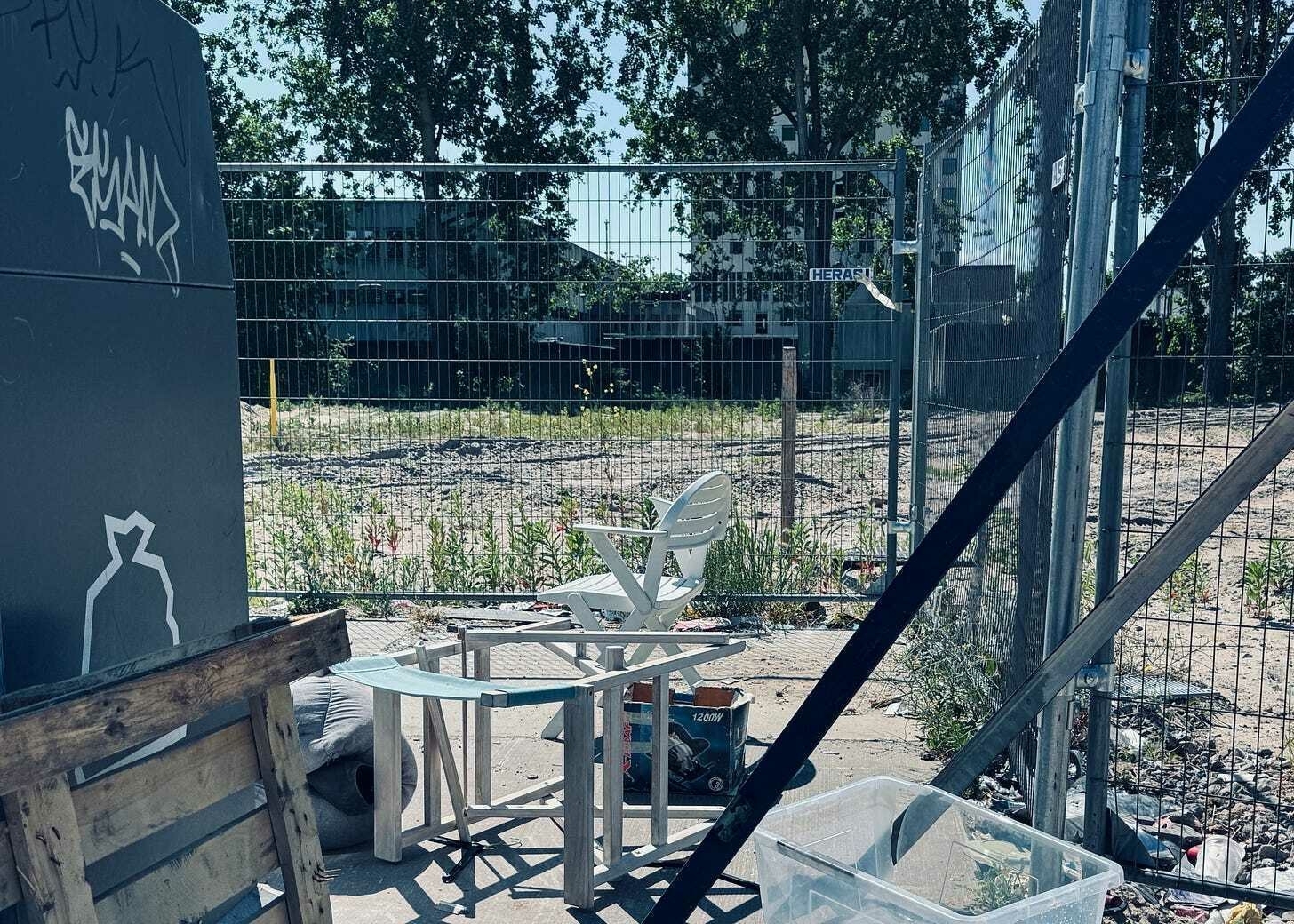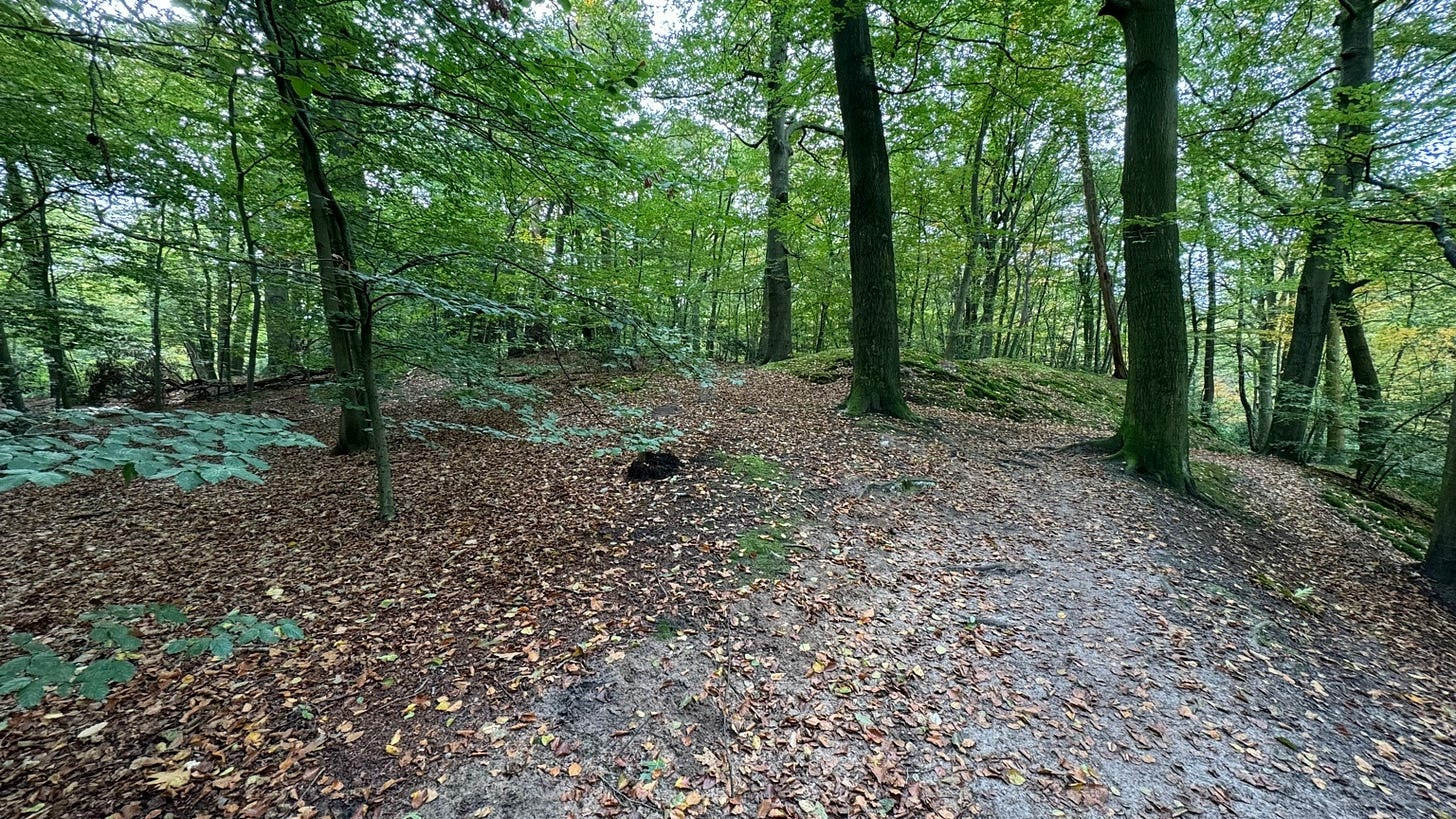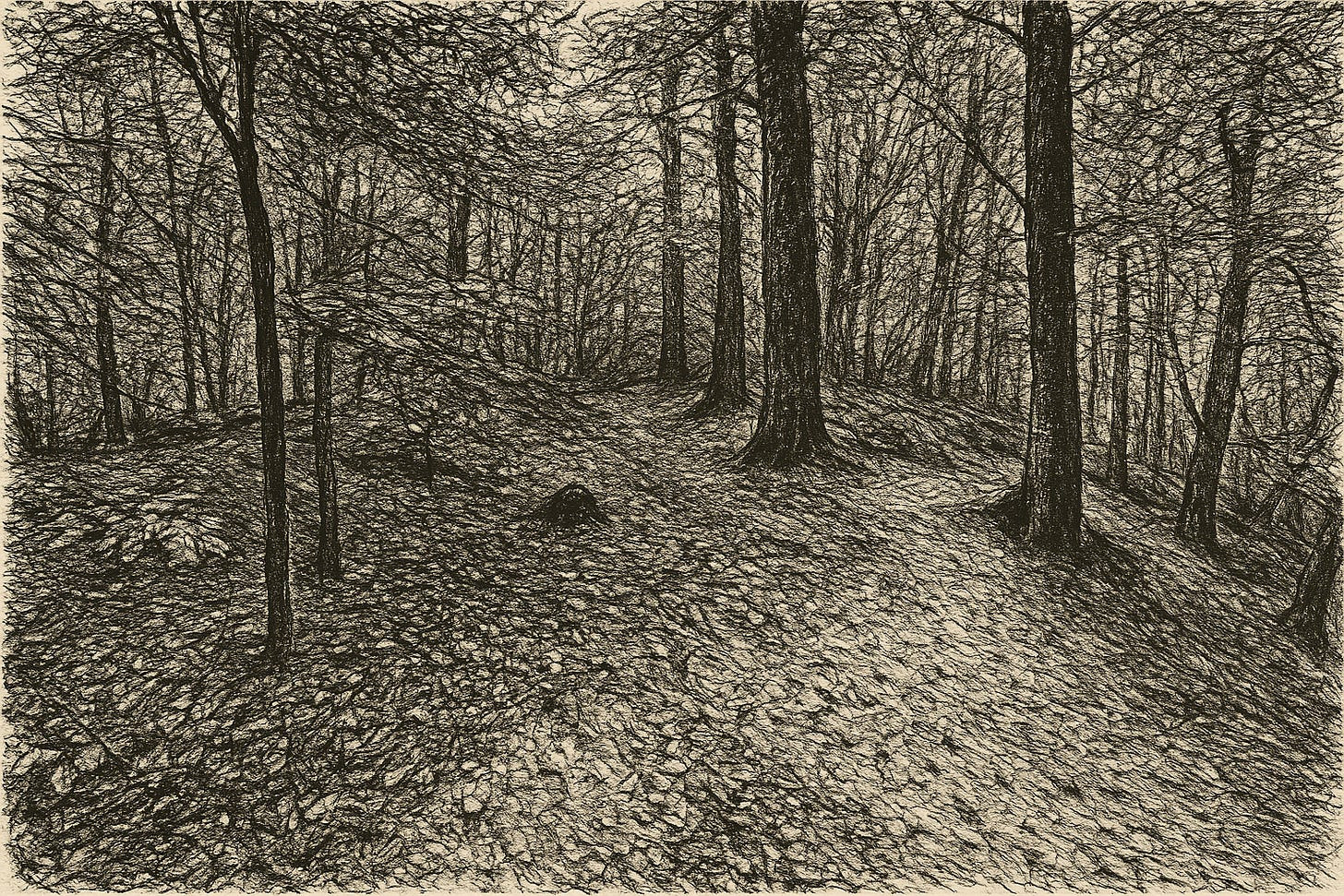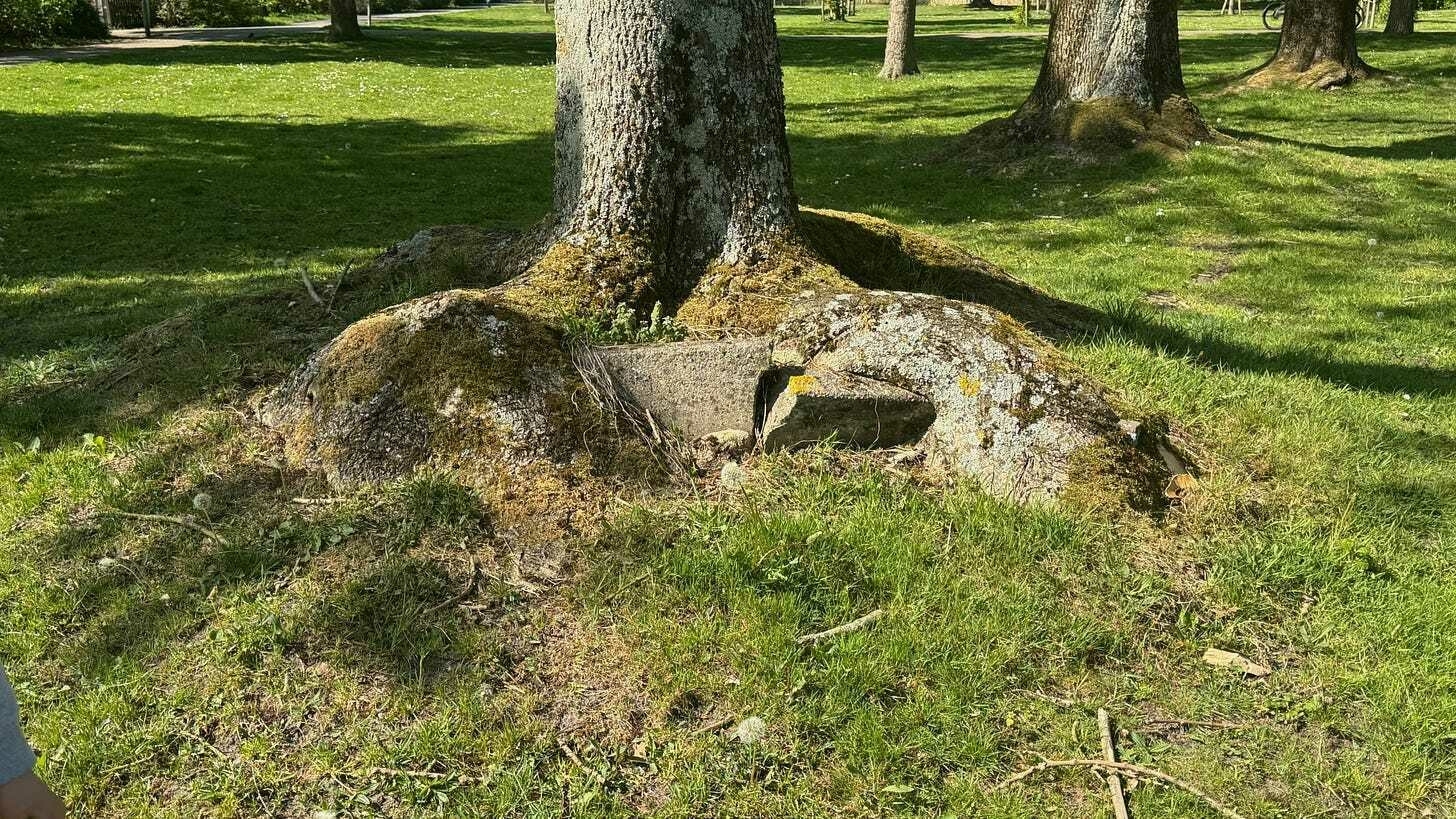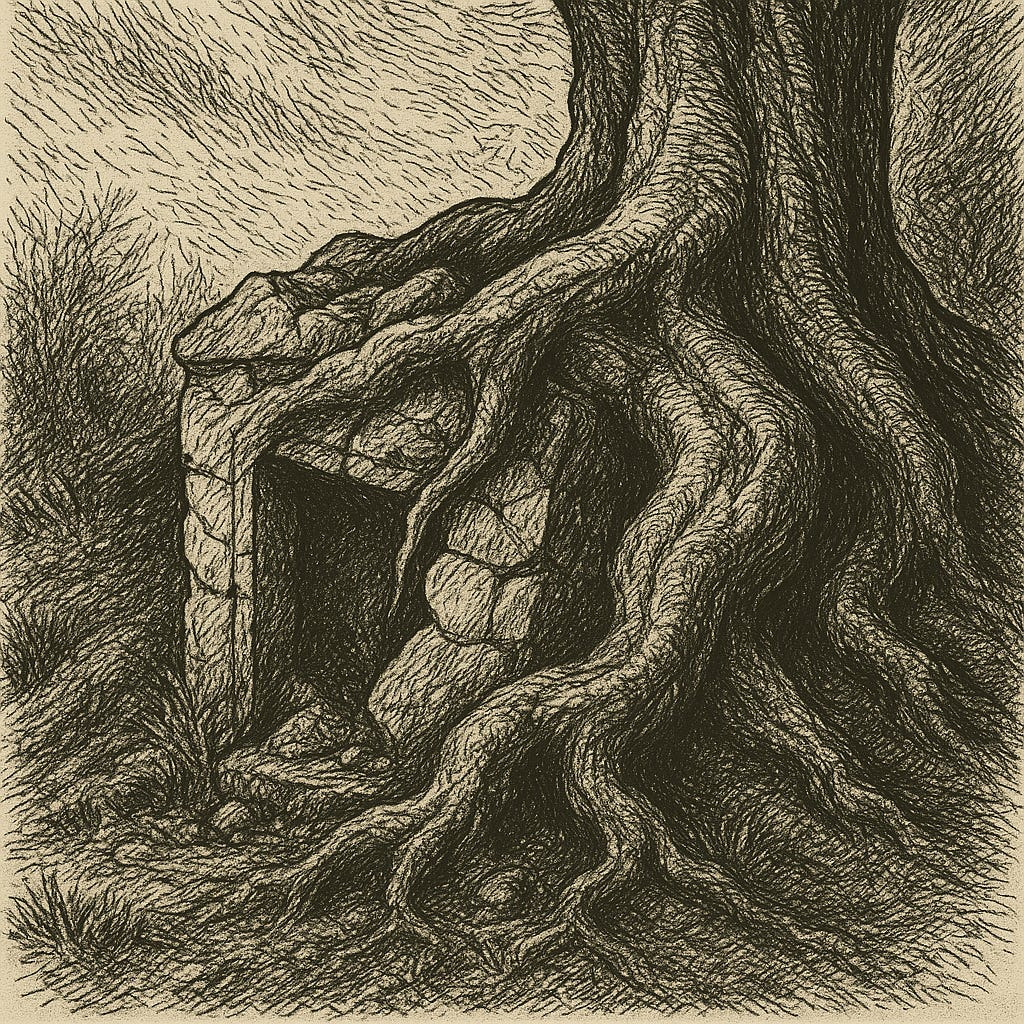Relative to your interests
When was peak message in a bottle? - Only 80s kids will get this: “grandfather clocks; suits of armour; quicksand; spontaneous human combustion.” Also: big foot and UFOs.
Is it Euro-poor, or Ameri-poor? - Checks out on both sides.
Pricing: A List of Tactics - Some mind-tricks to play with pricing.
The coyote trap. - “Call it whatever you will, I don’t care, but we’re on a new path and companies are doing more than ever to extract every ounce of value out of everyone in the payroll system. I talked to a long time friend and former colleague who went from team leader to division leader overnight. No title change. No additional compensation. Just do more.”
Anthropic closes $2.5 billion credit facility - “Annualized revenue reached $2 billion in the first quarter, the company confirmed, more than doubling from a $1 billion rate in the prior period. Revenue chief Kate Jensen said in a recent interview with CNBC that the number of customers spending more than $100,000 annually with Anthropic jumped eightfold from a year ago.”
Platform Engineering: Evolution or Rebranding? - Get yourself a PaaS. // “the idea of a dedicated team removing frictions by building tools and resuable abstractions is an idea that’s here to stay.”
Read by the Robot
These are articles I asked the AI to summarize, and here’s its summary for you.
Middle-aged adults who drank 500ml of water before meals lost more weight, felt less hungry, and aged more slowly—suggesting that longevity may hinge less on willpower than on plumbing. Kyla Scanlon argued that friction—not efficiency—is the most valuable commodity, a bold claim in a world where even chewing gum now comes via subscription. Adam Mastroianni proposed rebuilding psychology around the structure of a board game, implying the current paradigm mostly resembles Candy Land with grad students.
Meanwhile, over in tomatoes, an 80,000-year journey from wild Andean fruit to CRISPR-modified supermarket staple suggests some things, at least, do improve with breeding. And at Target, a much younger experiment appears to be working: the 10-items-or-fewer express self-checkout cut transaction times and bumped satisfaction scores—while surprisingly increasing the use of human cashiers. Perhaps people just like their robots with limits.
Wastebook
“pain-in-the-ass procurement.” Otherwise known as “procurement.”
“Gorpcore” - sounds like anything you buy at REI.
Converting the world to D&D settings
Here’s a fun thing to do with ChatGPT, have it make pictures for your D&D settings. When I’m walking around, I see scenes that feel like they’d be fun in some printed adventure. You can ChatGPT to create those for you!
For example, here’s an original picture, taken in a park here in the Netherlands that I frequent:
I’ve developed a prompt to create the kind of rough, line-drawn style that I like for D&D visuals, resulting in:
In a near-by park, there’s a tree that’s grown up around the cement curb that used to enclose it, pretty standard urban stuff:
You take that, and tell ChatGPT this: “Use this one, but make it look larger like an ancient ruin that has a large tree growing through and has cracked open the wall like you see in the original. Can you make the ruins look other and not so symmetrical, the hundreds of years have worn them down and suited them here and there.”
As with a lot of my D&D and AI, uh, “work,” the point isn’t to be perfect or great, it’s to boost the fun I have. It’s a type of “fun productivity.” Generating those images takes no time at all.
Here’s the prompt I started using. It was, of course, written by ChatGPT with a little bit of prompting from me:
Generate in the style of gritty, 1980s fantasy illustration, drawing heavily from the black-and-white aesthetic of The Savage Sword of Conan, the dense linework of Albrecht Dürer, and the chaotic, cluttered compositions of Pieter Brueghel the Elder. Art should be primarily black and white, using heavy ink, crosshatching, and etching-like detail to convey form, shadow, and texture. Selective muted color is allowed only if it enhances atmosphere or storytelling.
Figures should be realistic, expressive, and grounded—a mix of young and old, scarred and beautiful, weary and noble. Avoid heroic idealization: these are lived-in characters shaped by hardship and dirt, not fashion models or video game avatars. Body types, faces, and posture should reflect diversity in age, experience, and culture. Characters may be adorned in patchwork armor, practical gear, or ceremonial garb, but always rendered with tactile detail and believable wear.
Scenes should feel chaotic, cluttered, and richly lived-in, with elements of medieval squalor, fantastical decay, and mysterious ritual. Environments—forests, ruins, inns, alleyways, courts—should have depth and texture, with weathered stone, tangled roots, hand-carved iconography, and organic asymmetry. Always favor texture over polish, mood over symmetry, and story over spectacle.
This is not a clean or sanitized world. Show mud, scars, broken teeth, rusted iron, sagging pouches, old tattoos, cheap jewelry, burned-out torches, mossy ruins, ragged cloaks, and crowded shelves. Facial expressions matter: stern glares, crooked smirks, haunted eyes, and world-weary stares should tell the viewer more than dialogue ever could.
The overall tone should be grimy, grounded, mysterious, and sometimes grimly humorous—not glossy or cinematic. Avoid all anime or cartoon styling, smooth gradients, heroic posing, or digital cleanliness. Do not idealize figures or reduce them to archetypes. Favor realism and imperfection.
Think: a dwarf passed out under a tree with a broken flask; a swamp hag grinning beneath hanging moss; a mercenary queen in patched armor confronting a weasel-faced noble; a ragged adventurer polishing her blade beside the corpse of a demon. Everything should suggest a story already in progress.
I haven’t tried this too much with Midjourney. You can get Midjourney to generate images in that style I like, but it takes a lot of work. As ever, Midjourney’s flaw is that it slides back into cinematic, perfect image generation. Also, I haven’t figured out getting Midjourney to consistently generate the same character and general image over and over. ChatGPT does it extremely well.
Logoff
This is a great talk from Paula on the history, and repeated history, of platform as a product. You know, basically, platform engineering. She was one of the early pioneers of it and has been involved ever since.
